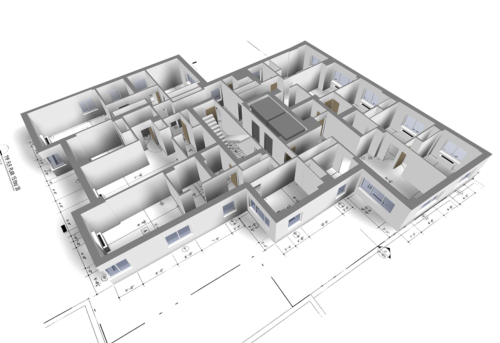If it were 20 years ago, office workspace design or office interior was not given much thought, and companies only expected stable results not bearing in mind the creative process employees have to undergo. Thanks to innovation and development, they have begun to allocate enough consideration for certain colors, layouts, and configurations to generate creativity and productivity. Interested in renovating your office space? Listed below are five trends you need to take note of before making adjustments.
1. Omission of personal workspaces
Open-spaced offices were originally conceived in the 1950s as a way to encourage communication and eradicate disarray among employees. It stood its ground so well that it is still used today in most companies. While there have been recent complaints about open offices, designers are challenged to reduce levels without compromising the productivity of the employees.
2. Variety of colors
Each color express different meanings. Painting the walls a certain color should always be relied the purpose of the room. For example, it would be ideal to cover the walls of the lobby green to make clients of visitors feel welcomed while painting the room blue might calm your employees while trying to make ends meet with deadlines.
3. Sit-to-stand desks
Research concluded that sitting down all day at work have a lot of detriments to employees health. After raising enough awareness, employers consulted interior designers in trying to solve this problem. Alas, the invention of versatile desks wherein employees are free to work on their tasks sitting down or standing up. It can be easily toggled to their preference as a way to fix their posture and find comfort at the same time.
4. Natural habitat
A new trend has been gaining popularity which is to include biophilic elements into workspaces to increase creativity, decrease stress and motivate employees. Studies has found that views of nature and natural lighting boost productivity and concentration. Using natural materials like wood or stones or inclusion of plants are some examples of how some incorporate these designs.
5. layouts
For modern offices, non-permanent designs are the key. Companies can unpredictably undergo certain changes in such a short period of time. Furniture must be capable of being moved around so employees and clients alike will be able to access enough electricity with little to no disruption.
There we go! The final half of workspace design trends youll see in 2017. If you need more office design ideas and office space planning techniques to help create a more productive workspace next year, give our experts here a call!


